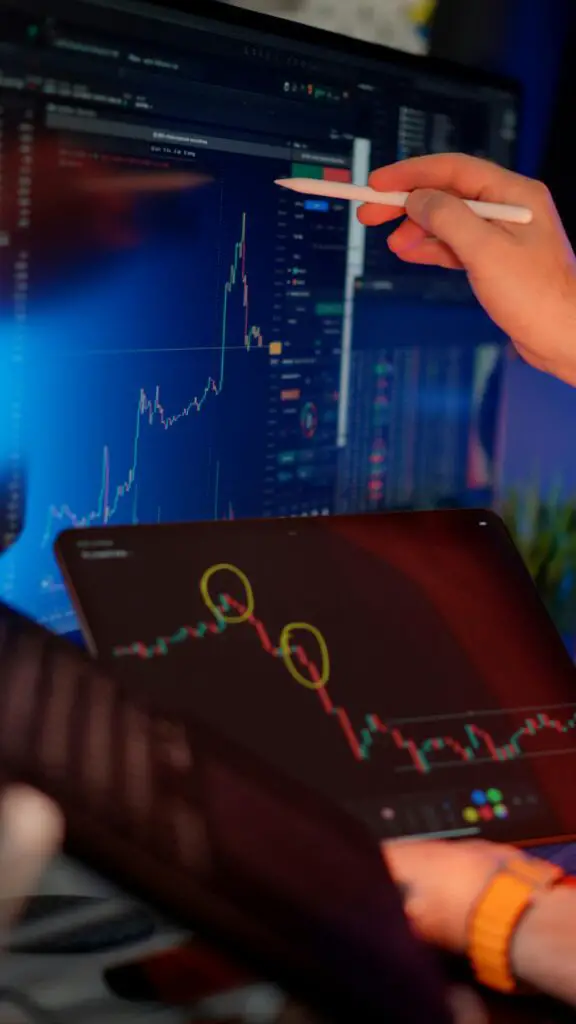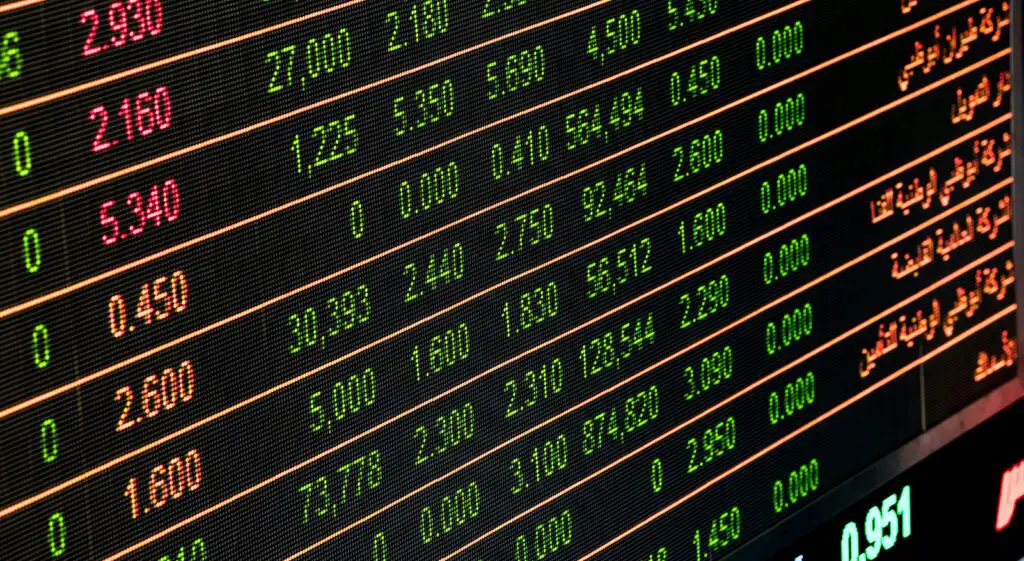
The Psychology of Forex Trading: Controlling Emotions
By RFXSignals • Updated: September 19, 2025 • ~9 min read
Emotional control is the unseen edge of every successful trader. This guide explores fear, greed, discipline, routines, and practical techniques to build a mindset that supports consistent trading performance.
Get Free Signals Now
Join our community for mental-game coaching and trade psychology support.
Why Psychology Matters More Than Strategy
Many traders fixate on indicators and systems, but the core differentiator is psychology. Even a profitable system will fail if a trader can’t stick to rules, manage losses, or control position sizing. Emotions like fear and greed cause deviation from plans, which leads to inconsistent results.
Common Emotional Traps
1. Fear
Fear shows up as hesitation, failure to pull the trigger, or closing winners too early. It reduces expected value by turning high-quality setups into missed opportunities.
2. Greed
Greed causes traders to over-size positions, chase trades, or ignore risk controls after a winner — often leading to large drawdowns.
3. Revenge Trading
After a loss, traders may take impulsive trades to ‘get even.’ These emotion-driven trades often violate rules and increase losses.
4. Overconfidence
After a streak of wins, traders might loosen risk controls; overconfidence removes the safety mechanisms that preserve capital.
Building Discipline: Routines and Rules
Discipline is a habit that can be built. Start with a simple trading routine that includes pre-market checks (economic events, pair-specific news), clear filters for entries, position sizing rules, and a post-trade review. A documented trading plan reduces the cognitive load needed to make decisions in the heat of the moment.
Practical Techniques to Control Emotions
- Use fixed risk per trade: knowing the dollar risk ahead of time reduces anxiety and helps you follow entries.
- Predefine trade management: plan how you’ll scale, where you’ll move stops, and when to take profits.
- Implement rules for news: avoid or reduce size around scheduled high-impact events to prevent emotional whipsaws.
- Use checklists: require specific conditions before entering (confirmation candle, liquidity, correlation check).
- Practice breathing and short breaks: a 60-second breathing exercise can clear emotional spikes and improve clarity.
Journaling and Performance Review
Consistent journaling is the most effective way to improve. Log not only trade metrics but also your emotional state, why you entered, and whether you followed rules. Review losing trades to identify behavioral patterns (e.g., scaling too early) and winning trades to see what you did right.
Managing Winning and Losing Streaks
Winning streaks can be dangerous (overconfidence) and losing streaks can destroy confidence. Use these rules:
- After several consecutive wins, reduce position size or keep risk constant to avoid skewing your expectancy.
- After consecutive losses, stop trading if you exceed a daily loss limit and review the journal to separate skill from randomness.
- Set a maximum drawdown threshold that triggers a pause and review (for example, 8–12% of account equity).
Mindset Tools: Visualization, Routine, and Accountability
Visualization primes your brain for disciplined execution — imagine following your plan precisely and handling losses calmly. Build routines (same pre-market steps) and use accountability partners or community channels to stay disciplined.
Join our community channels to share trade journals and get peer feedback:
Practical Exercises to Improve Trading Psychology
- Paper trade for 30 days with fixed risk and a documented plan to build mechanical discipline.
- Record voice notes after each filled trade describing your emotional state and decision reasoning.
- Set a daily checklist and only trade when all items are green.
Integrating Psychology with Risk Management
Psychology and risk management are two sides of the same coin. Good rules reduce emotional pressure (you know your max loss), and good psychology ensures you follow those rules. Combine both by automating parts of execution (alerts, OCO orders), setting fixed risk, and reviewing performance regularly.
Further Reading & Related Articles
Get Free Signals Now
Join our community for mental-game coaching, peer accountability, and live support.


















